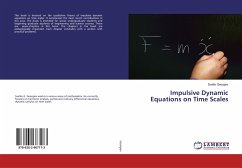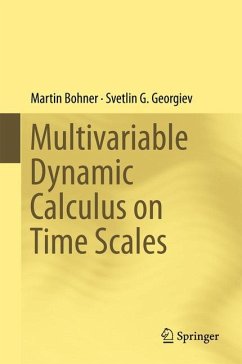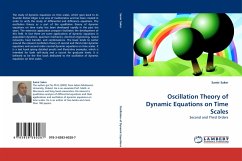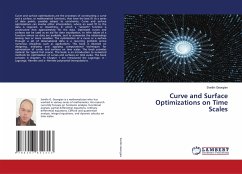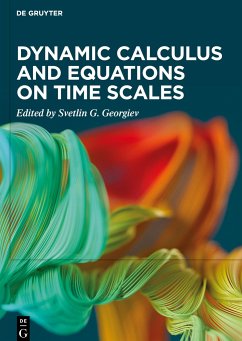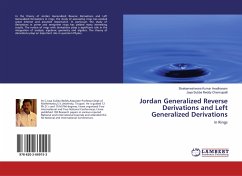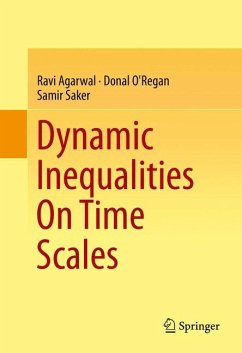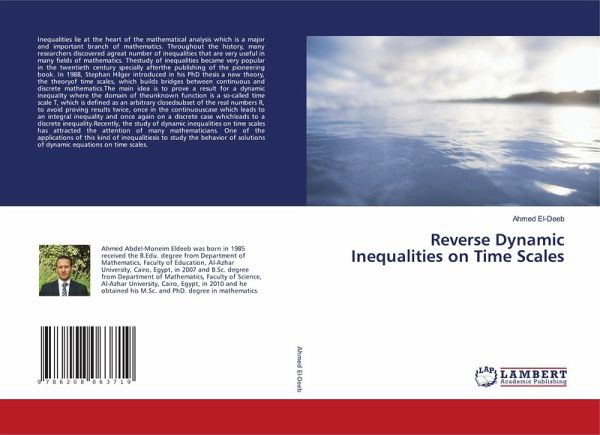
Reverse Dynamic Inequalities on Time Scales
Versandkostenfrei!
Versandfertig in 6-10 Tagen
40,99 €
inkl. MwSt.

PAYBACK Punkte
20 °P sammeln!
Inequalities lie at the heart of the mathematical analysis which is a major and important branch of mathematics. Throughout the history, many researchers discovered agreat number of inequalities that are very useful in many fields of mathematics. Thestudy of inequalities became very popular in the twentieth century specially afterthe publishing of the pioneering book. In 1988, Stephan Hilger introduced in his PhD thesis a new theory, the theoryof time scales, which builds bridges between continuous and discrete mathematics.The main idea is to prove a result for a dynamic inequality where the d...
Inequalities lie at the heart of the mathematical analysis which is a major and important branch of mathematics. Throughout the history, many researchers discovered agreat number of inequalities that are very useful in many fields of mathematics. Thestudy of inequalities became very popular in the twentieth century specially afterthe publishing of the pioneering book. In 1988, Stephan Hilger introduced in his PhD thesis a new theory, the theoryof time scales, which builds bridges between continuous and discrete mathematics.The main idea is to prove a result for a dynamic inequality where the domain of theunknown function is a so-called time scale T, which is defined as an arbitrary closedsubset of the real numbers R, to avoid proving results twice, once in the continuouscase which leads to an integral inequality and once again on a discrete case whichleads to a discrete inequality.Recently, the study of dynamic inequalities on time scales has attracted the attention of many mathematicians. One of the applications of this kind of inequalitiesis to study the behavior of solutions of dynamic equations on time scales.






